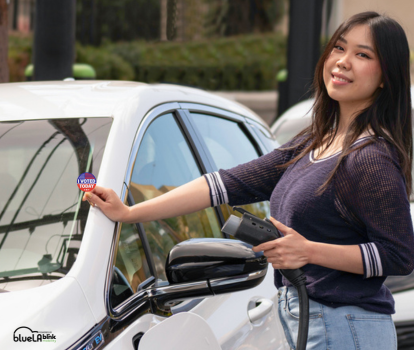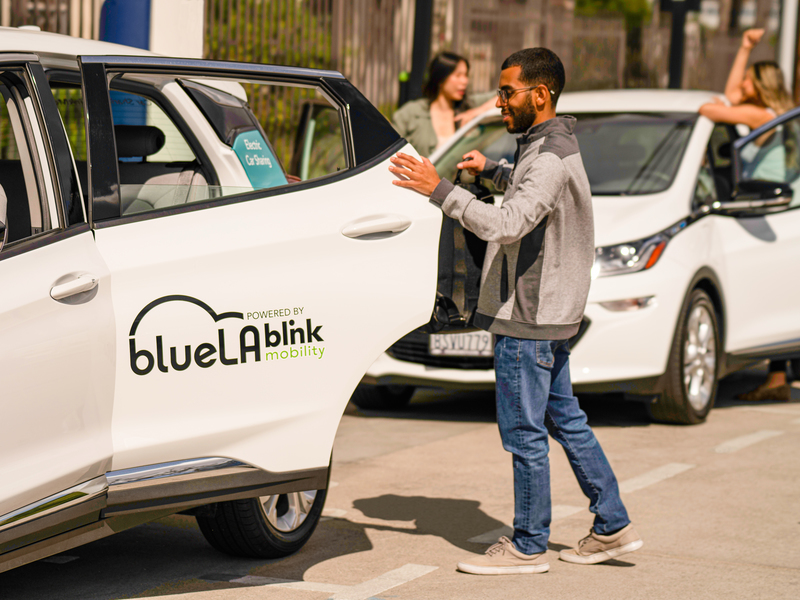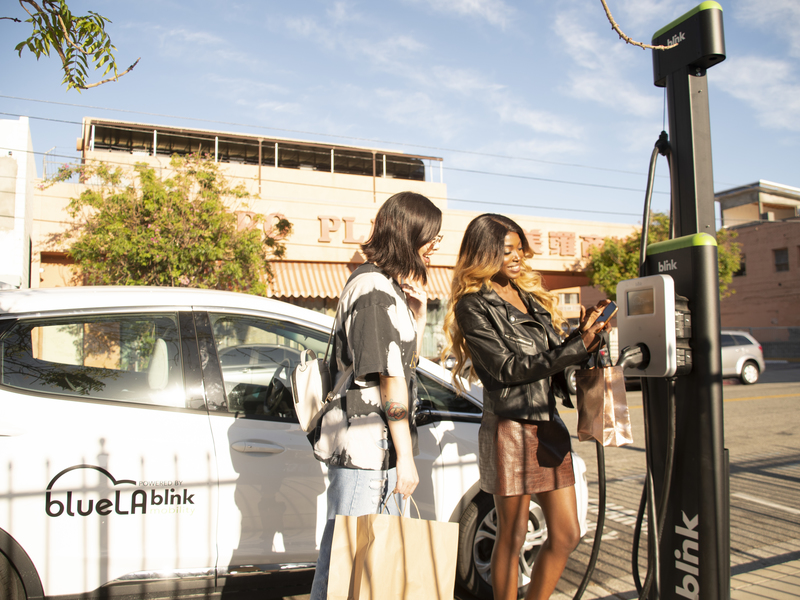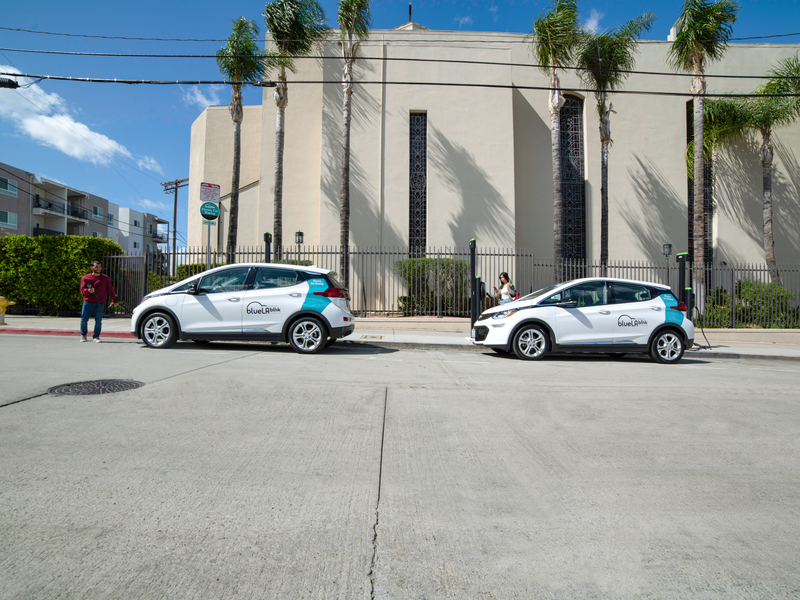Level One, Level Two, DC Fast….what? Confused? It’s easier than it sounds. If you’re not quite sure what level of charging is for you, don’t worry, Blink has you covered.
There are two basic types of AC charging: Level One and Level Two, and the primary difference between them is how much power they can charge the EV with and how long they take to charge it.
Despite the popularity of public charging stations, over 80% of EV charging still takes place at home, and there are many different chargers you might choose for yourself. Businesses, office buildings, apartment buildings, etc, may have more powerful chargers, and DC Fastchargers are most likely to be found at highway stops. Ready to learn the difference?
Level One Charging
Level One chargers are intended for home use and overnight charging, taking as long as a day to charge an EV fully. Cords and equipment for Level One chargers come with the purchase of an EV.
Level One chargers only require 120v outlets and charge a car slowly. EVSE use about the same amount of electricity as any large appliance, such as a refrigerator or clothes dryer, and most do not require complicated re-wiring.
Drivers can simply plug into a regular outlet-charging time: 3-7 miles per hour.
Level Two Charging
Level Two chargers are much faster. Many EV drivers install Level Two chargers in their home garages to charge faster. The new Blink HQ 150 is a new home option, easy to install, making charging a breeze. It offers 32 amp charging on a standard 240 AC circuit. Simply plug in the 25 ft cable to your EV and start charging immediately—charging time: Around 25 miles per hour.
Level Two chargers are also preferred by businesses looking to include EVSE as an amenity or paid service.
One of the most exciting additions to the Blink family—the IQ 200 –is a Level Two Charger. Blink IQ 200 Level Two chargers feature a revolutionary 80-amp charging capacity on a 100-amp circuit, allowing drivers to go further and faster than ever before and enabling businesses to save on EV chargers. Our IQ 200 chargers are advanced enough to charge EVs that don’t yet exist, and future updates can be downloaded without purchasing new equipment—charging time: 30-65 miles per hour.
Level One and Level Two chargers work much the same way. The station charges the EV with AC, or alternating current, then it is converted inside the car to DC, or direct current, to charge the DC battery.
DC Fast Chargers
DC Fast chargers are sometimes called Level Three chargers and are popular with businesses, especially truck stops or travel plazas, wherever there are customers who want to get back on the road fast.
They do not charge an EV first with AC power. The reason they are so fast is because they charge the battery directly with DC power.
They usually charge a car over 80% in around half an hour. They also cost about twice as much as a Level Two charger to use.
Not all cars can use DC Fast chargers, while all EVs can use Level Two chargers. Fast Chargers cost more to use and can shorten battery life when used regularly—charging time: 3-20 miles per minute.
Tesla Superchargers
Tesla Superchargers are DCFCs but only work for Tesla vehicles. Adapters can allow Tesla owners to use other kinds of chargers; so far, other cars cannot use Tesla chargers.
How They Work
Level One and Level Two chargers work much the same way. The station charges the EV with AC, or alternating current, then it is converted inside the car to DC, or direct current, to charge the DC battery. DC Fast chargers, of course, get their name because they charge with DC directly, so the energy does not need to be converted inside the car.
Charging sessions with DC Fast chargers usually have a time limit. That’s because they stop charging at a faster speed once they hit an 80% charge.
Most EV owners use different chargers on different occasions, such as whether they can use regular overnight charging or are driving across the country and want to get back on the road fast. Different chargers serve different needs.
Recommend for You
Stay Informed
Join our mailing list for hot news and company updates.







